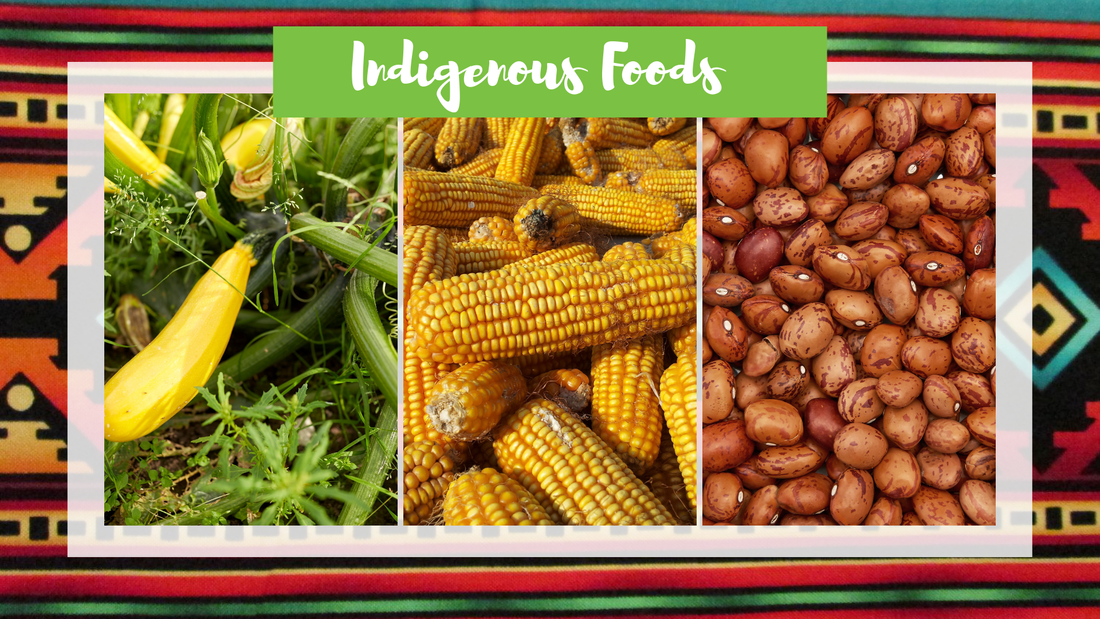INDIGENOUS FOODS: CONNECTING WITH YOUR LOCAL CULTURE AND ENVIRONMENT
There are so many kinds of delicious produce grown across Arizona, but one group of crops is extra special: indigenous fruits and vegetables! You can find tons of produce that is native to Arizona at your favorite farmers market – cactus, mesquite bean pods, corn, beans, squash, prickly pear fruit and more all have a rich history based in our state’s diverse landscape and climate. Sustenance in the desert requires time and care. Learning about these plants can teach us about our local culture, our environment and food systems, and the importance of sustainable farming.
To celebrate National Native American Heritage Month, we’re exploring our native crops and the communities who have cultivated them for generations!
CULTURE
Arizona’s indigenous foods represent the variety of cultures that make up our desert state, cultures that took hundreds of years to adapt to this unique climate. Native Americans such as the Hohokam, Tohono O'odham, Navajo, and Hopi are just a few historic and present communities who have forged a thriving relationship with the environment here. Understanding indigenous foods and their history gives a special context to the food we grow, purchase, and put on our plates. The indigenous plants and foods of Arizona represent a meaningful connection between the people and the land – they represent what it means to flourish in the Sonoran Desert.
FUNCTION
A key aspect of indigenous foods is their ability to function in the climate in which they exist. Growing, harvesting, and preparation techniques are carefully developed to get the most use out of the plants and respect the limitations of the local climate. An iconic crop group that reflects the deep-rooted tradition of Native American food systems in the Sonoran Desert is the Three Sisters. This group consists of corn, beans and squash. These indigenous crops are planted in specific positions, and as they grow, they help each other thrive. Each plant works together to form a sustainable food system. The corn stalks provide support for the bean vines, the squash shades the soil which keeps it moist, and the beans add nitrogen to the soil, which is a vital component for any crop. The Three Sisters also provide a diverse array of nutrients and can be stored and dried for use later on.
SUSTAINABILITY
The natural environment has worked thousands of years to refine and produce these foods, and with the help of Arizona's Indigenous communities, native crops have fed people on this land for centuries. Maintaining the right nutrients in the soil, refining water use, and other practices help these foods make it to our tables, and help protect the land we call home. Creating a food system that can flourish in this climate took a long time, and we can use these techniques for inspiration to create a more sustainable and nourishing future for food in our state.
Many of our indigenous fruits and veggies are in season now – head to your local farmers market to learn something new, try a native crop, and Double Up on some amazing Arizona produce!

